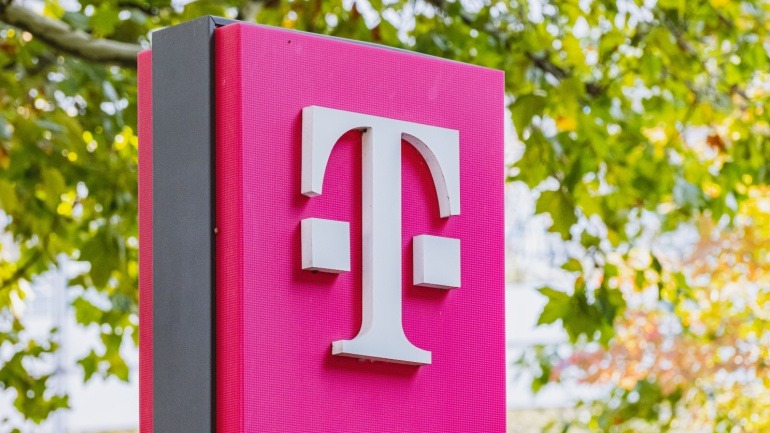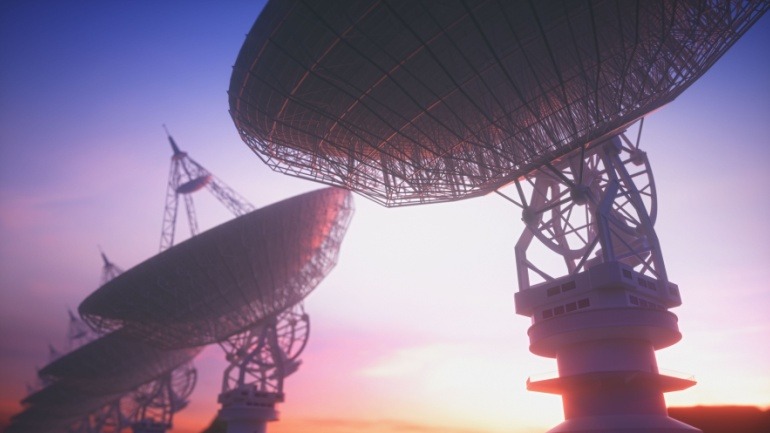Next year marks a significant advancement in the progress of 5G technology, presenting the evolution to 5G-Advanced. This enhanced technology promises to reveal new horizons in business segments, open new possibilities for user experiences, and drive operator revenue growth.
Known for its innovative technology, features like AI-driven system design, enhanced quality and scope for IoT, and an optimized solution for XR services will be introduced by the 5G-Advanced standard. At the 2023 MWC Shanghai event, Yang Chaobin, the Director of Huawei and President of ICT Products and Solutions, announced Huawei’s plans to launch a comprehensive set of commercial 5.5G network solutions in 2024.
Mining the potential of the existing customer base of over 1.2 billion, with 260 5G commercial networks worldwide, the upgraded standards aim to enhance services and experiences. Yang emphasizes the importance of 5G-Advanced, calling it a vital bridge from 5G to 6G to encourage improved performance, protect operators’ 5G investments and keep on par with the evolving industry standards.
Huawei has been at the forefront of spearheading the enhancements of 5.5G technology, partnering with operators and tech companies to develop and test these innovations. The company’s solutions include an array of technology such as the extremely large antenna array (ELAA), flexible spectrum access technology, and Passive-IoT, all essential for enabling billions of IoT connections.
Mr. Yang outlines that Huawei’s 5.5G solutions would come in three parts: mobile networks, fixed networks and core networks. For fixed networks, the key technical advancement, 50G PON, is instrumental in enabling a 10G ultra-broadband experience. Meanwhile, Net5.5G aims to provide 10G access, ultra-wide transmission and microsecond AI latency, thereby laying the groundwork for a fresh breed of digital enterprise services.
Indeed, one key aspect of 5G-Advanced is the seamless integration of the cloud with the core network. This is to ensure that end-user devices can leverage fully on cloud AI. In this context, Mr. Yang underscores that the entire network, including the data center network, must connect end-to-end.
The 5.5G core network functions in three critical aspects concerning AI; firstly by managing the network, secondly by providing richer consumer services through generative AI, and lastly by providing network intelligence to cater to different industry needs.
In the IoT domain, Mr. Yang contends that objects can be converted into intelligent entities simply by connecting them to the internet. New IoT technologies such as RedCap and Passive-IoT (P-IoT) need to be introduced to meet cost-efficient techniques and improve the standby time of terminal batteries.
Huawei’s endurance and dedication in transforming 5G to 5.5G have been significantly recognized across the telecom sector, including the leading operator organization, the GSMA. The enhanced 5G standard purportedly has the potential to offer groundbreaking use cases as the GSMA and its partners predict, including enhancing AR, VR and XR services and improving the precision of location services.
Emerging technology and advancements in telecommunications have set the stage for a future where ambient IoT and robotics and tactile communication services are integral. It’s an exciting prospect when considering the endless possibilities 5G-Advanced could offer. With the movement toward 5G-Advanced already set into motion, we eagerly anticipate what the next generation of telecommunication networks will bring.







